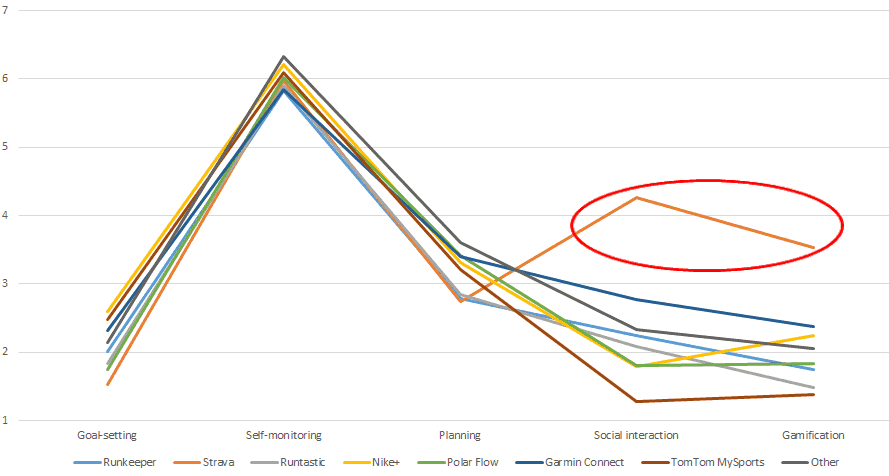What is a #healthylifestyle to Instagram users?
Health is a prominent topic on Instagram and ample research is focused on the opportunities of Instagram for health promotion. In this post, I seek out to find what Instagram users associate a healthy lifestyle with. Using network science, I analyze 5835 Instagram posts that contain the hashtag #healthylifestyle. More particularly, I will draw a network between all hashtags included in these posts. The nodes of the network are the hashtags mentioned in the Instagram posts I collected. The edges between these nodes are co-occurences between the two hashtags in an Instagram post. The majority of the code used for data collection and analysis was borrowed from the splendid post of Sam Ho on Using Network Science to Explore Hashtag Culture. The approach followed here is an excellent way to explore hashtags and their association on any possible topic.
Long story short, I collected 5835 Instagram posts that contain the hashtag #healthylifestyle, drew a network of the links between the hashtags in the posts and used community detection to group hashtags that frequently occur together. The network looks like this (hover over the nodes to see the hashtag associated with them or select parts of the network you want to check out in more detail):
Four communities of related hashtags can be distinguished on the graph.The more central on the graph a node (~hashtag) is positioned, the more central it is on the network, meaning it has many connections to other nodes in the network. The size of the node represents its frequency of occurrence (the bigger, the more frequent, obviously).
To explore the four communities of hashtags that are identified in the network, let's look at the following sunburst plot:
The plot shows 4 communities or clusters of related hashtags associated with #healthylifestyle. Cluster "0" contains tags related to healthy food, healthy eating and related tags. Cluster "1" contains tags related to fitness, gym, exercising & motivation. Cluster "2" consists of tags related to weigh tloss and "slimming" or "slimmingworld", an online weight loss program/community. The last cluster contains tags related to yoga, mediation & mindfulness.
So in conclusion, 4 clear categories of tags related to health behavior can be discerned in a network around #healthyliving. When Instagram users think of healthy living, they think healthy eating, physical activity, weight loss and a healthy mind.
As I said, this tool can be used to explore any hashtag and its related network. This is only a first exploration of health related hashtags. I hope to find the time in the coming months to further explore this.
Let me now what you think and feel free to post suggestions to take this research further! Also, if you want more info, let me know!




